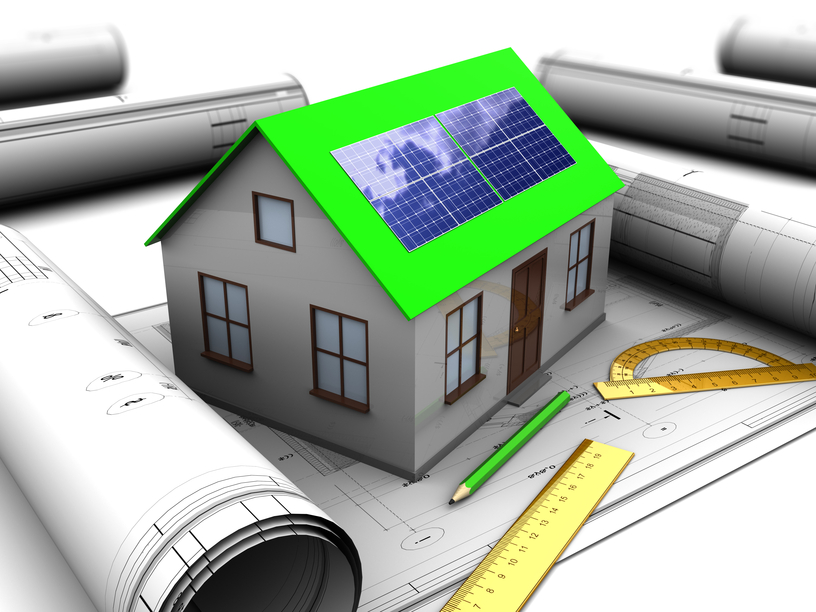
On average, Americans spend the majority of energy and electricity in the privacy of their own homes. Home is where we do our eating, cooking, living, breathing: it is the place most highly associated with using gas and energy to power our lives. Fortunately, recent innovations in tech have enabled new solutions for energy efficiency in the homestead. These solutions are designed to lower carbon emissions and minimize costs associated with energy consumption, encouraging a local approach to green living that starts from the ground up.
Deep Energy Retrofit
Green retrofitting, also called deep energy retrofitting, is a process of redesigning the energy systems of older buildings to lower carbon emissions and minimize energy costs. Sometimes, retrofitting means converting to green energy altogether. However, in other cases, retrofitting pairs natural gas resources with energy-efficient solutions, such as installing efficient heating grids and lighting fixtures to reduce overall carbon emissions. Provision Power & Gas recommends consulting energy experts to determine which combination of renewable energies and natural gas solutions can best be applied to your property.
Rooftop Solar Panels
Rooftop solar panels are the most popular and, thanks to recent tech innovations, affordable sustainable energy system for homeowners. In the US, most solar panels pay themselves off within 6-9 years, making them a good investment for long-term homeowners. You can also obtain solar tax credit from many state and local governments, which are designed to encourage green living locally. Solar panels are also a prized commodity for homes on the real estate market as it means, of course, minimal costs for heat and energy once installed.
Cultivating Wind Power
Wind turbines are most commonly found in windfarms or floating offshore, but many rural homeowners install small wind turbines on their property to power the whole neighborhood. Wind turbines take up space and make noise, so sometimes local authorities and zoning regulations may forbid it in certain areas. But if these disadvantages don’t apply to you, wind power is a top asset because the energy is more stable than solar: a good-sized wind turbine can easily generate most or all of your electricity needs, with more to share for the surrounding electricity grid.
From both a financial and environmental perspective, the switch to green living enables healthy solutions for a sustainable homestead. The push to reduce carbon emissions in the home is part of a broader movement designed to cut excess waste beginning on an individual level.


